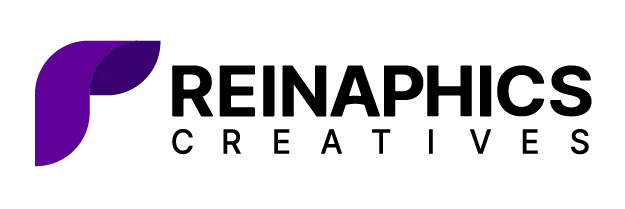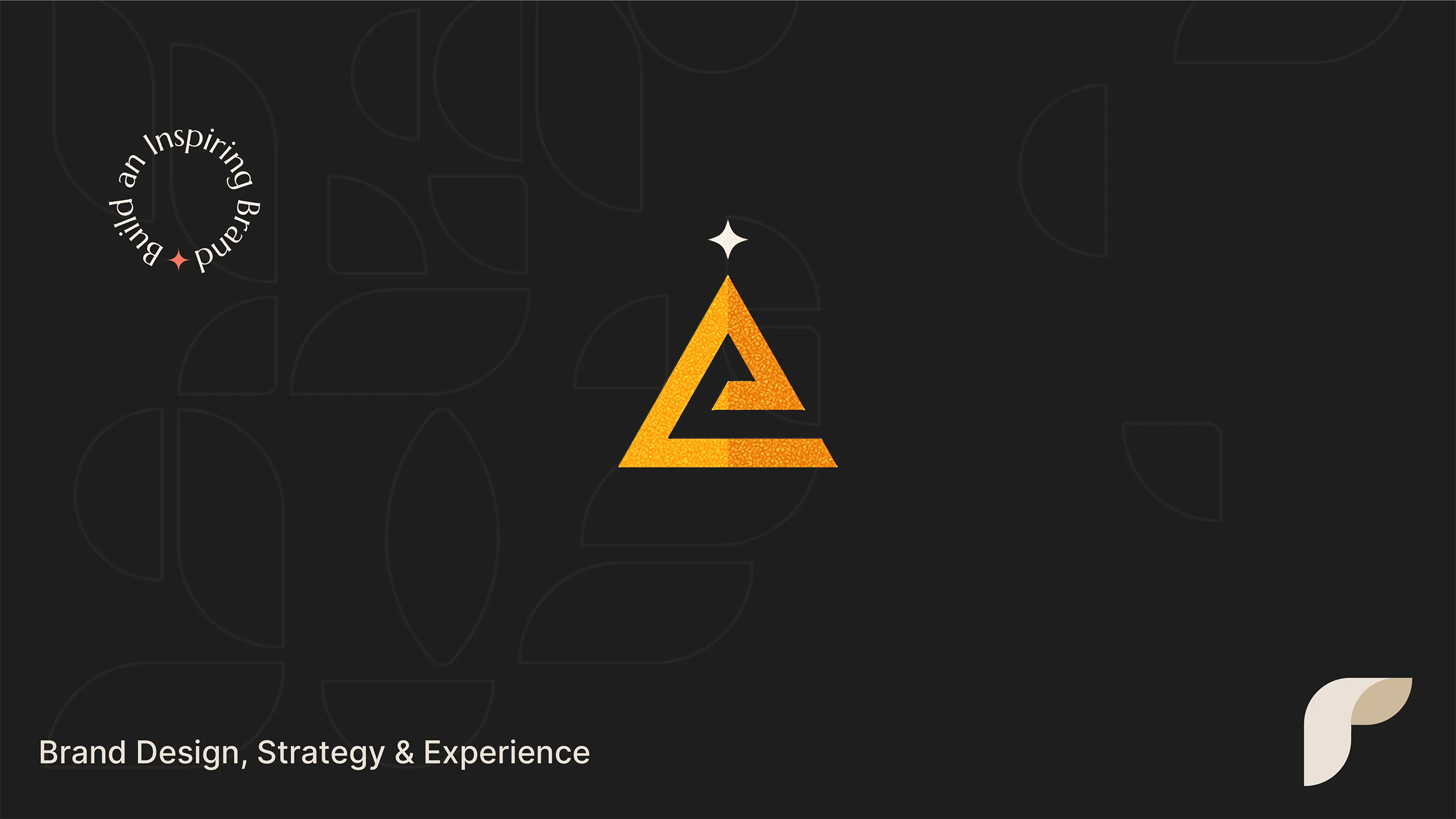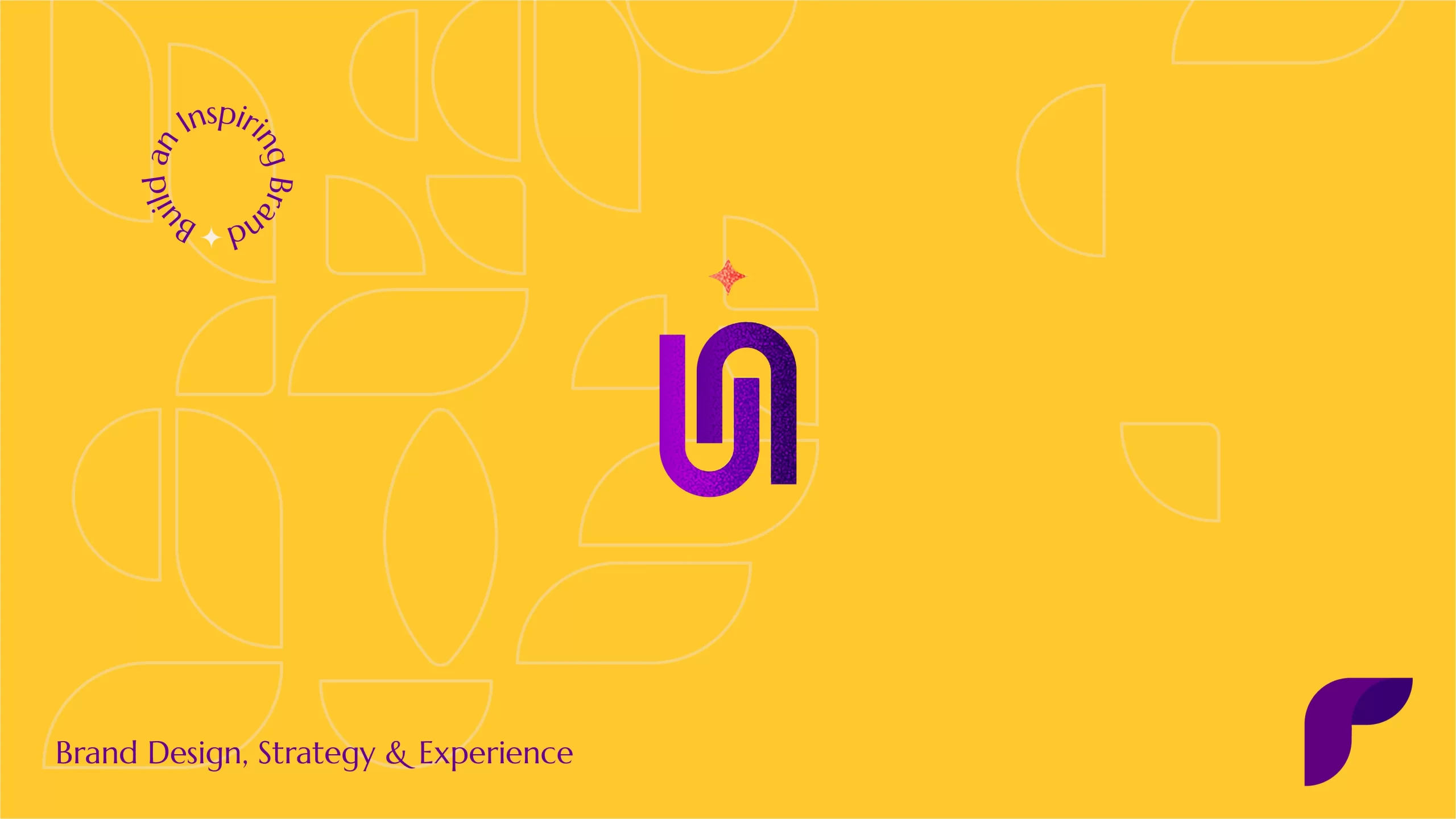Effective brand design goes beyond aesthetics; it embodies the essence of a business and communicates its values, personality, and promise to customers. From logos to color schemes, typography to overall visual identity, every element contributes to creating a lasting impression.
A well-crafted brand identity can foster trust, differentiate from competitors, and drive customer loyalty. However, misconceptions about what constitutes good branding and design can lead businesses astray. Let’s uncover these myths and set the record straight.
In this article, you will read about,
Myth #1: Good design is just about looks
One of the most common misconceptions is that good design is solely about visual appeal. While aesthetics is crucial, effective design encompasses functionality, usability, and strategic communication. A visually stunning logo or website that fails to resonate with the target audience or communicate the brand’s message effectively is ultimately ineffective.
Avoiding the mistake
Focus on understanding your audience and aligning design choices with your brand’s values and objectives. Conduct thorough research to ensure your design elements—from colors to typography—reflect your brand’s personality and appeal to your target demographic.
Also read: What consequence can color have on your brand?
Myth #2: Following trends guarantees success
Many businesses believe that incorporating the latest design trends will automatically make their brand more appealing. While staying current can be beneficial, blindly following trends can result in a lack of uniqueness and authenticity. Moreover, trends are fleeting; what’s popular today may be outdated tomorrow.
Avoiding the mistake
Instead of chasing trends, focus on creating a timeless design that resonates with your brand’s identity and values. Balance innovation with consistency to ensure your brand remains relevant and enduring over time.
Also read: Logo design trends vs. timelessness
Myth #3: Design is a one-time investment
Some businesses view design as a one-time investment, believing that once a logo or website is created, their work is done. However, effective brand design requires ongoing attention and adaptation to stay aligned with evolving market trends, consumer preferences, and business goals.
Avoiding the mistake
Treat design as a continuous process rather than a one-off task. Regularly evaluate your brand’s visual identity and make adjustments as needed to maintain relevance and effectiveness. Update design elements periodically to reflect changes in your business or market scenario.
Also read: 8 types of graphic design: Beyond the basics
Myth #4: More design elements mean better design
Another common misconception is that incorporating numerous design elements—complex graphics, multiple colors, intricate typography—will enhance the appeal of a brand. In reality, cluttered or overly complex designs can confuse customers and dilute your brand message.
Avoiding the mistake
Never underestimate or forget to leverage simplicity in design. Focus on clarity, hierarchy, and minimalist aesthetics to ensure your brand message is communicated effectively. Strive for a clean, uncluttered design that makes it easy for customers to understand and connect with your brand.
Also read: 5 principles that make a logo design ‘iconic’
Common mistakes in brand design and how to avoid them
Now that we’ve explored some prevalent myths in brand design, let’s delve deeper into specific mistakes businesses often make. We won’t leave you hanging! We will also give you some practical strategies to avoid them:
Mistake #1: Neglecting research and audience understanding
Problem: Designing without a clear understanding of your target audience can result in visuals that miss the mark and fail to resonate with potential customers.
Solution: Conduct thorough market research to identify your target demographic’s preferences, behaviors, and expectations. Use insights to inform design decisions and ensure alignment with audience needs and preferences.
For example, Paper Boat, a popular beverage company, wanted to create a brand identity that reflects nostalgia and cultural heritage. To combat this, they used hand-drawn illustrations and typography to convey authenticity and storytelling. This resonated well with Indian consumers seeking traditional flavors.
Mistake #2: Inconsistent branding across platforms
Problem: Inconsistency in brand elements such as logo usage, color palette, and tone of voice can weaken brand identity and confuse customers.
Solution: Develop comprehensive brand guidelines that outline proper usage of visual and verbal elements across all platforms. Ensure consistency in design elements to strengthen brand recognition and reinforce brand identity.
Mistake #3: Ignoring mobile-friendly design
Problem: With the proliferation of mobile devices, neglecting responsive design can alienate a significant portion of your audience who accesses your brand via smartphones and tablets.
Solution: Prioritize responsive design principles to ensure a seamless user experience across all devices. Test and optimize your website and digital assets for mobile usability to enhance accessibility and engagement.
Also read: Responsive website design: What is it and why is it important?
Mistake #4: Overlooking typography and font choice
Problem: Typography plays a crucial role in brand communication, yet businesses often overlook the importance of selecting appropriate fonts that reflect their brand personality and enhance readability.
Solution: Choose fonts that align with your brand’s tone and values. Balance creativity with readability and ensure consistency in font usage across all communication channels to maintain a cohesive brand identity.
Mistake #5: Failure to evolve with market trends
Problem: Remaining static in design while competitors innovate can result in your brand appearing outdated or irrelevant to modern consumers.
Solution: Stay informed about current design trends and consumer preferences. Continuously evolve your brand’s visual identity to reflect changing market dynamics while maintaining core brand values and identity.
An example would be how Myntra had problems initially establishing a distinctive brand identity in the e-commerce market. The company solved this when they adopted a minimal and user-friendly design approach, focusing on intuitive navigation and personalized shopping experiences. These experiences were also tailored to diverse customer preferences.
Best practices for effective brand design
Based on the insights gained, here are essential best practices to guide businesses in achieving effective brand design.
– First, align design decisions with strategic business goals and brand objectives.
– Understand your target audience’s preferences, behaviors, and needs to tailor design elements accordingly.
– Establish and adhere to brand guidelines to ensure consistency in visual identity across all touchpoints.
– Prioritize usability and accessibility to enhance user experience and engagement.
– Monitor market trends and consumer feedback to adapt design strategies and stay relevant.
Conclusion
Effective brand design is a multifaceted endeavor that requires strategic thinking, creativity, and a deep understanding of audience dynamics. Remember, design is not just about visuals and aesthetics. It’s also about creating meaningful connections and delivering lasting value to your audience. Ready to improve your brand’s design strategy?
Get in touch with us to find out how our team can help you create an impactful brand identity that stands out in the market.




